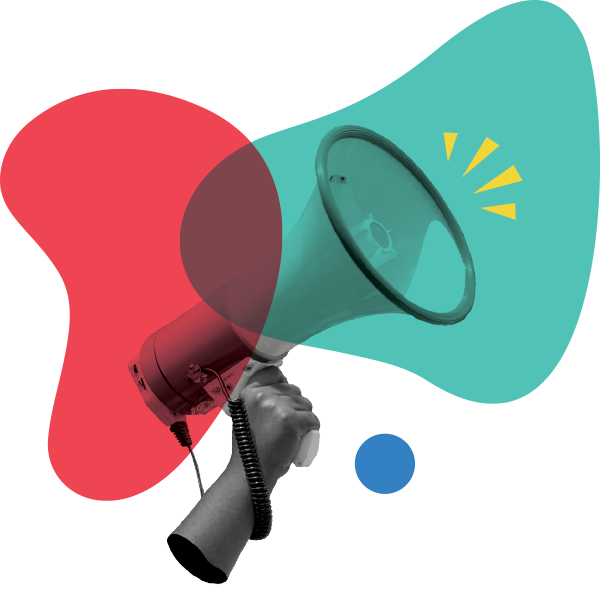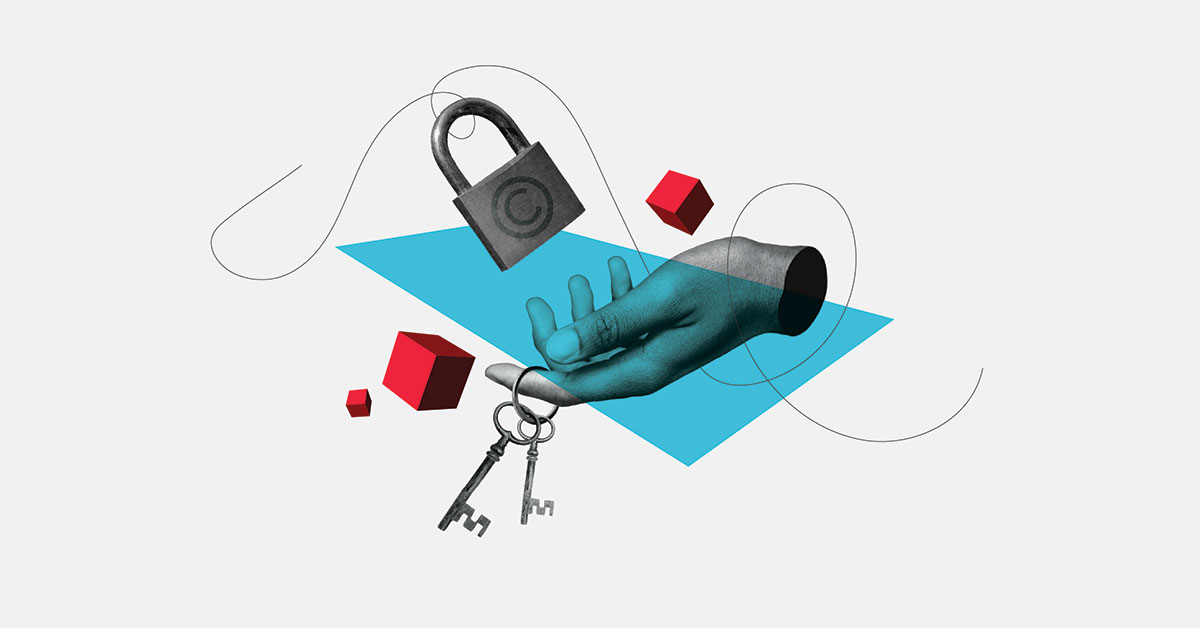Copyright affects how learners and educators access material to support teaching, learning, and research every day.
In the digital age of education, colleges and institutes are embracing the shift from print to digital formats, investing more in digital licenses, e-books and e-journals, and open educational resources (OERs). Canada’s Copyright Act must continue to align with present-day needs, supporting new ideas and the dissemination of knowledge, permitting access to education, and embracing technological innovation.
The 2012 Copyright Modernization Act marked a significant milestone, recognizing “education” as a fair dealing purpose. This welcomed improvement clarified the scope of copyright law and affirmed users’ rights to use small excerpts of copyrighted works alongside purchased material.

Today, institutions have a variety of choices for sourcing and licensing materials, ensuring access to the right materials, in the right format, and at the right costs for students. It’s a win-win – creators are fairly compensated for their work, and users get what they need.
As education, technology, and copyright intersect, maintaining choice, fairness, accessibility, and innovation is essential.

